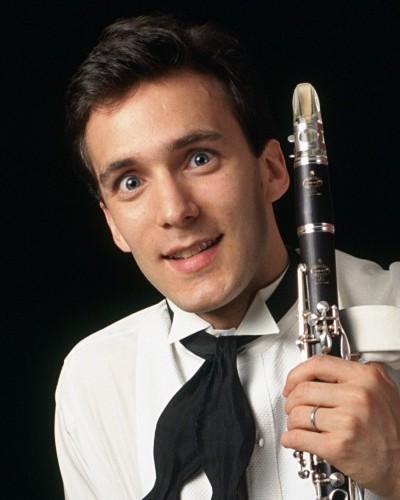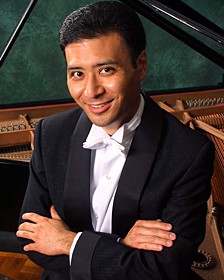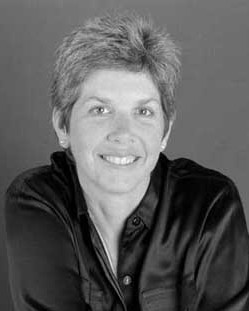On tonight's show:
Colorado College Summer Music Festival

Clarinetist Jon Manasse and pianist Jon Nakamatsu have appeared at the Colorado College Summer Music Festival and the KVOD Performance Studio. Tonight we get ready for their appearance at the benefit recital next week.
Carl Maria von Weber: Grand Duo Concertant, Op. 48
Jon Manasse, clarinet
Jon Nakamatsu, piano
recorded 6/11/08
Aaron Copland: Clarinet Concerto
Jon Manasse, clarinet
Festival Chamber Orchestra
Scott Yoo, conductor
recorded 7/9/02
John Novacek: “4th Street Drag” & “Full Stride Ahead”
from Four Rags for Two Jo(h)ns
Jon Manasse, clarinet
John Novacek, piano
KVOD Performance Studio: recorded 6/25/07
Produced by Martin Skavish
Sound Circle
Charley talks with Sound Circle artistic director Sue Coffee about their concerts this weekend, which include a work they've recorded.
Stephen Smith: Eagle Song
Sound Circle
Sue Coffee, conductor
"Stick Around" CD
Aaron Copland (1900-1990):
Concerto for Clarinet and String Orchestra with Harp and Piano
I. Slowly and Expressively; Cadenza
II. Rather Fast
“The King of Swing, Benny Goodman, commissioned the Clarinet Concerto in 1947. Copland was on a good-will tour of South America that year and began work on the Concerto in Rio de Janeiro. He finished the piece in New York during the fall of 1948.
Goodman was the soloist at the first performance, on November 6, 1950, with the NBC Symphony Orchestra under Fritz Reiner's direction. Jerome Robbins used the music for a ballet, The Pied Piper, which was introduced by the New York City Ballet in 1951.
The Clarinet Concerto is in two movements, with a cadenza for the soloist in between. “The general character” of the opening movement, said Copland, “is lyric and expressive. The cadenza that follows provides the soloist with considerable opportunity to demonstrate his prowess, at the same time introducing fragments of the melodic material to be heard in the second movement. Some of this material represents an unconscious fusion of elements obviously related to North and South American popular music.”
In his book on Copland, Arthur Berger notes that since the work was written for Benny Goodman, “it inevitably exploits the ‘hot’ jazz improvisation for which that clarinetist is noted. But the very episodes that evoke the sharp-edged, controlled, motoric style of Goodman's brilliant old sextet are often the ones recalling most strongly the stark, dissonant devices that gave Copland the reputation for being an esoteric in the early thirties.” Berger notes that jazz elements first appear in the soloist's cadenza and “they dominate the fast second part of the work.”
©2010 Charley Samson
